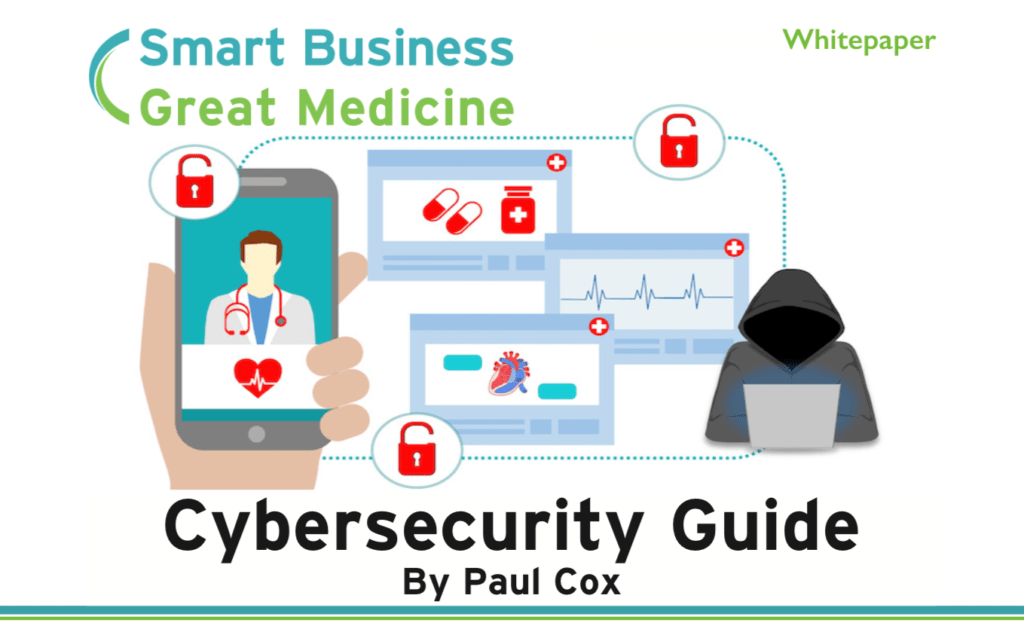Cybersecurity Guide for Medical Practices
Although nothing will guarantee 100% protection against cybersecurity threats, there are steps all medical practices can take to significantly reduce the risk of becoming victim to hackers. It is imperative to implement a Cybersecurity Checklist and review it on a regular basis because of the ever-changing nature of cybersecurity threats.
Cybersecurity Risk Assessment
A cybersecurity risk assessment is a crucial part of risk management for every medical practice. All aspects of a practice rely on information technology and systems to conduct everyday business and care for patients—from phone systems to electronic health records. Beginning with a risk assessment will help you prioritize other items in this guide.
Risk assessment is used to identify possible risks, estimate the likelihood of occurrence and levels of potential loss from risks, and prioritize actions that can reduce risks or assist in recovery if those risks occur. It is important to consider all risks to operations ((eg, mission, functions, image, and reputation), assets (eg, personal information, health-related data, business records), individuals (eg, partners, staff, patients), other organizations (eg, hospitals, clinics, insurers), resulting from the operation and use of your information systems.
Most formal risk assessments follow the National Institute of Standards (NISTs) guidelines. Formal risk assessments are typically conducted by third-party companies specializing in quality improvement, risk assessment, and/or cybersecurity. Undertaking a formal and thorough risk assessment may be time-consuming for medical practice staff. Whether from outside professionals or inside staff, it may not be practical for small or midsize medical practices to do formal and quantitative risk assessments. In these cases, a qualitative risk assessment may be more practical and can still provide real value for a practice to reduce cybersecurity risks.


